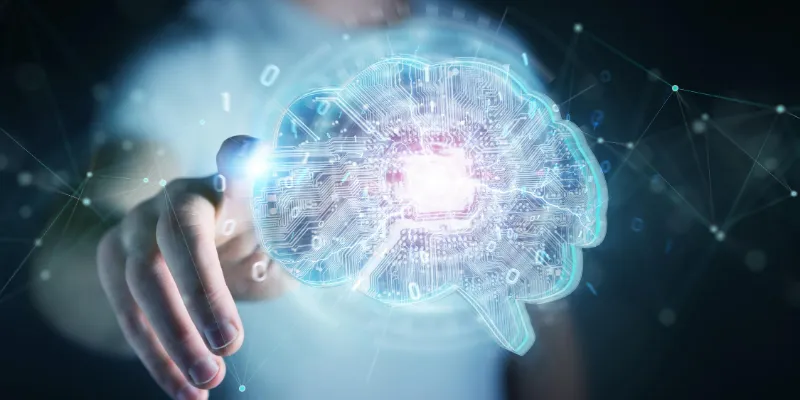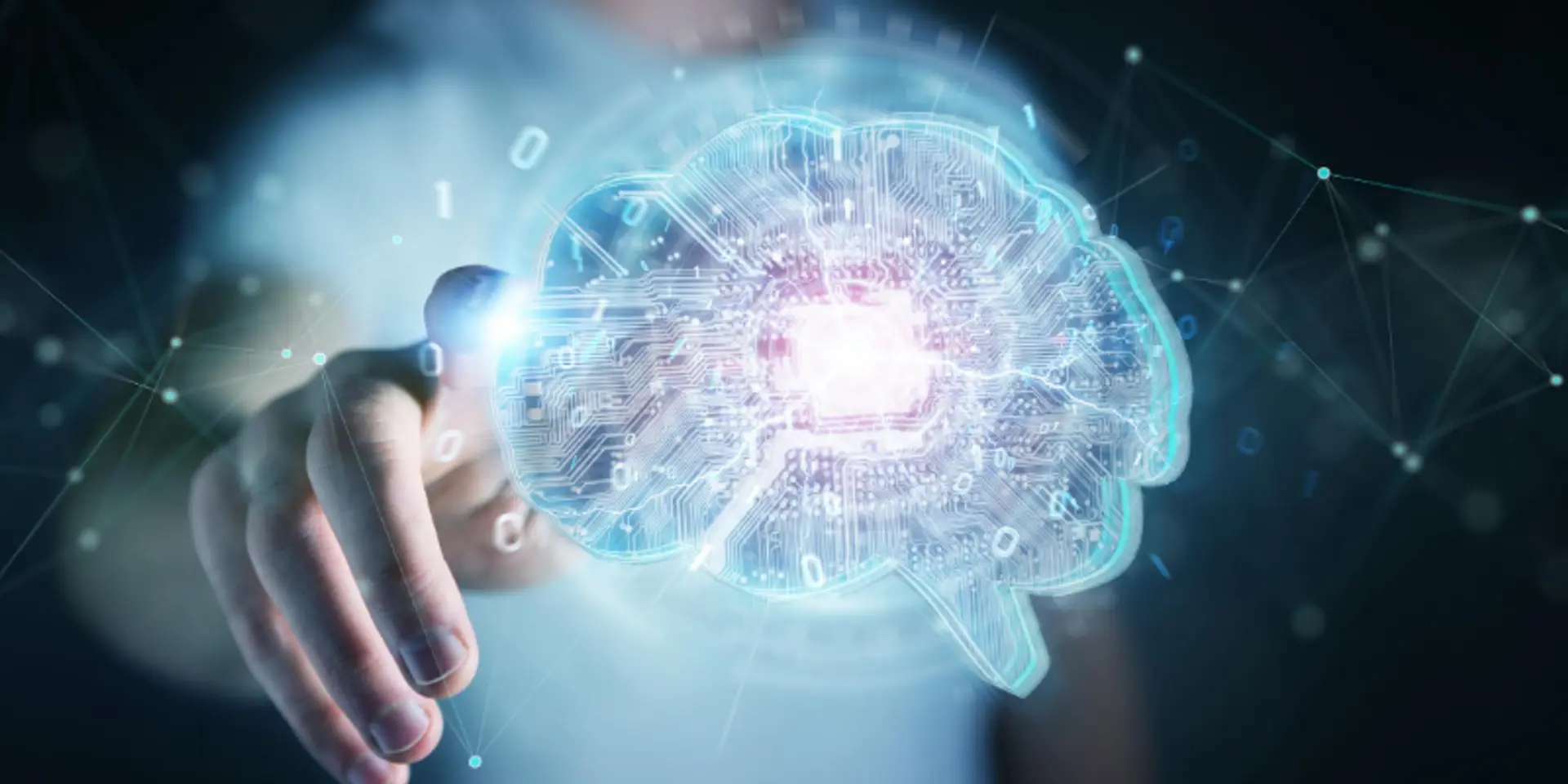Taking the human away: The role of AI in influencer marketing
Why finding the right creator for your brand is at the crux of your influencer marketing campaign. And how the interplay of AI and the human element helps you arrive at the right mix to get your message across.

The unlikely partnership between human and AI-powered tools may just change the landscape of influencer marketing.
Shudu Gram, who campaigned for Rihanna’s Fenty Beauty, has 202k followers. Lil Miquela, who collaborated with Prada and Nike, has 2.4m followers.
Even if you have never heard these names, you are thinking ‘oh, two more influencers peppering social media.’
But are they? Just two more influencers?
Look closer, and you realise Lil and Shudu are not real humans. They are CGI or AI-created models, just like KFC’s Colonel Sanders. Called virtual influencers, these fictitious characters have captured and captivated consumers because good storytelling has brought them to life.
But that’s not the kind of artificial intelligence relevant here. I am talking about harnessing AI-powered tools to make influencer marketing more scientific and unlock its true potential.
The Glitch
Let’s back up a bit and understand why AI is necessary for influencer marketing, first.
As the power of influencers boomed, the niche began flooding with obstacles, not least of which was the explosion of digital content. When each day your consumer is exposed to not tens but thousands of branded messages, how do you stand out?
The answer lies with the right creator. The right creator makes your content unique enough to be recalled even in a deluge.
And that brings us to the core problem – finding the right creator for your brand. It’s the linchpin on which most influencer marketing campaigns fail.
Initially, brands utilised quantitative metrics like follower count to discover an influencer. These benchmarks stopped working with the rise of fake followers. Now, a brand evaluates content quality, brand affinity, creativity and, of course, engagement rates.
It makes matching synergies of a creator with your brand a rigorous, complicated and time-taking process. As a result, most marketers end up choosing a creator that doesn’t fit, or they do worse and depend upon word of mouth.
The Resolution
Artificial Intelligence combined with Natural Language Processing and Machine Learning irons away most of these glitches influencer marketing faces.
With AI tools, marketers can not only identify the right creator but also determine the performance of the campaign, get rid of bots and fake engagement, and so much more.
Matching the personas
Key interests, language, audience demographic, engagement rate, reach, brand mentions, and posting frequency are some of the parameters that help decide if the creator’s content will resonate with your target market.
It takes countless hours to sift through these variables for a human and with no guarantee that the result will be optimal.
An AI powered platform, on the other hand, can collect the necessary data, identify markers and then shortlist creators that would suit the campaign in a fraction of the time and do it more accurately.
An example
Let’s say Brand A’s campaign objective is to increase engagement, and Brand B’s is conversion. AI can sieve through previous posts of creators and process them using Natural Language Processing, which “is the ability of a program to understand human language as it is spoken.”
Through the analysis, it can predict which creator’s performance is the ideal match for each brand.
Measuring Campaigns
When brands run a digital campaign, a lot of posts fall through the cracks due to wrong or missing tags and hashtags. It is why detecting and analysing the total number of brand mentions is complicated.
AI through computer vision fixes the issue by automatically detecting brand names or logos in an image or even video streams. Shorn of verbiage, AI enables a brand to collect more comprehensive data on a campaign and get a real picture to measure its effectiveness.
In A Gist
Influencer marketing shook the marketing status quo. It used to be classified in the experimental bucket, but now is slotted as a mainstay, more so after the pandemic we faced.
Yet, like every other growing field, influencer marketing comes with its hitches. Advertisers are unsure if influencer lead activities genuinely drive sales. Brands are uncertain on what basis creators charge their fees. And, as I mentioned before, to trump them all, which creator is the right one to pick for a campaign.
Technology like AI helps get the most out of influencer marketing by unravelling these problems. But automation is not a silver bullet. It cannot replace what a human can do, especially in this field, where building trust through authentic interaction is a success factor.
It is not an either/or situation. It is a partnership, unlikely though it may be. AI helps you get the marketing strategy right while the human element helps create a better narrative.
(Disclaimer: The views and opinions expressed in this article are those of the author and do not necessarily reflect the views of YourStory.)









